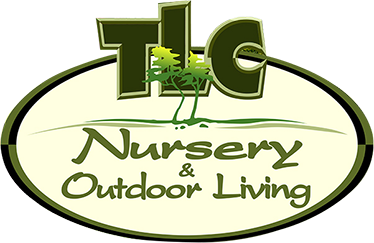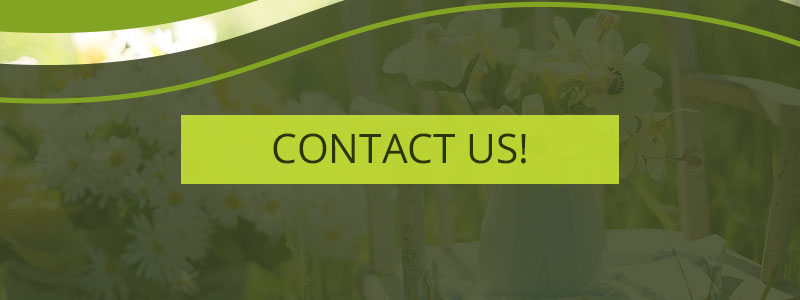As you’ve likely discovered, if you don’t water your plants or lawn during a typical Kansas summer, chances are you’re currently not getting much satisfaction out them. Despite your best intentions and all the promises you made to yourself to keep your plants and lawn green and vibrant all summer, this can easily fall by the wayside. And when you’re looking out at brown plants and your unsightly yellow lawn, you may make a vow to say it’ll never happen again. While this reactionary vigilance can be a good thing, it can also be a bad thing. Specifically, it can lead to overwatering.
Though the worst part of summer has passed us and fall is just around the corner, we at TLC Nursery & Outdoor Living thought it might be helpful to bring up the issue of overwatering, not only because it will allow you to learn from any mistakes you made this summer, but it will also help you in the upcoming autumn months as you begin to move those outdoor plants indoors.
To help keep your plants good and healthy, here are some signs that you’re overwatering your plants.
The Plant Is Wet and Wilting
If your plant looks wilted but the soil is wet, you have likely overwatered your plant. In fact, this is a simple telltale sign that you have been giving your plant too much water. However, don’t fear. If you lay off the heavy-handed watering for a few days, you plant should recover steadily. And to prevent this from happening in the future, only water your plants when the soil is dry to the touch. Following this simple step will help you determine whether your plant is thirsty or drowning.
The Plant Has Brown Leaves
This can be tricky because brown leaves are not just indicative of overwatering but also of other poor health issues. Often when people notice that their plants’ leaves are starting to brown around the edges, their immediate reaction is to give them an extra helping of water. For this reason, it’s best to use the previously mentioned advice: check the moisture level of the soil. This doesn’t mean to simply eyeball the soil and say, “Looks dry”. You should instead place a finger near the plant’s base and see how it feels. If it’s dry, add water. If it’s wet, cut back on the watering—you’re giving it too much.
The Plant Shows Signs of Edema
Blisters, warts, and lesions are not unique to animals and humans. Plants are also susceptible to such ruptures and cosmetic blemishes. When plants absorb and retain an abnormal amount of water faster than they can transpire it, this is known as edema or oedema. To check for the presence of edema in your plants, look for any bumps, blisters, curling, or white, crusty eruptions along the veins or gall-like structures under the leaves. If you spot any of the above, simply transfer the plant to a dry place, increase light intensity and duration, and fertilize your plant properly—if you’re not sure what fertilizers to choose, be sure to contact us. We have a garden center and a staff of experienced, knowledgeable professionals.
The Plant is Losing Leaves
This is not a conclusive symptom of overwatering. Similar to browning or yellowing leaves, if the leaves of your plants are beginning to fall, it could be a sign that your plant is receiving too much or too little water. However, if buds are not opening and old leaves are falling alongside young leaves, it’s likely that you’re overwatering your plant. As you might expect after reading the last few tips, to confirm this is the situation, check your soil by pushing a finger an inch or two into the soil. If it is wet, cut back on your watering.
The Plant Has Root Rot
When a plant has been given too much water, the leaves and flowers are not the only indication of a problem. The roots could also exhibit side effects. When plants are trapped in a water-dense place, the roots are unable to breathe, which can eventually cause the plant to wilt. However, before this fungal disease causes wilting, the roots will turn slimy and gray or brown. If you notice that your plant is demonstrating signs of root rot, you will want to remove it from any garden beds. This will prevent the fungal disease from spreading to neighboring plants.
If you’ve ever neglected your plants or lawn and had to watch them turn dry and brown, you may find yourself overcompensating through overwatering. Don’t make this mistake. And if you think you might have, look closely for the above-mentioned conditions and follow our suggestions. Additionally, if you need some new houseplants or some autumn plants, be sure to check out the TLC Nursery & Outdoor Living plant nursery here in Independence, Kansas. We also offer landscaping and lawn care services and can help you install an irrigation system to ensure you’re not overwatering your lawn.



